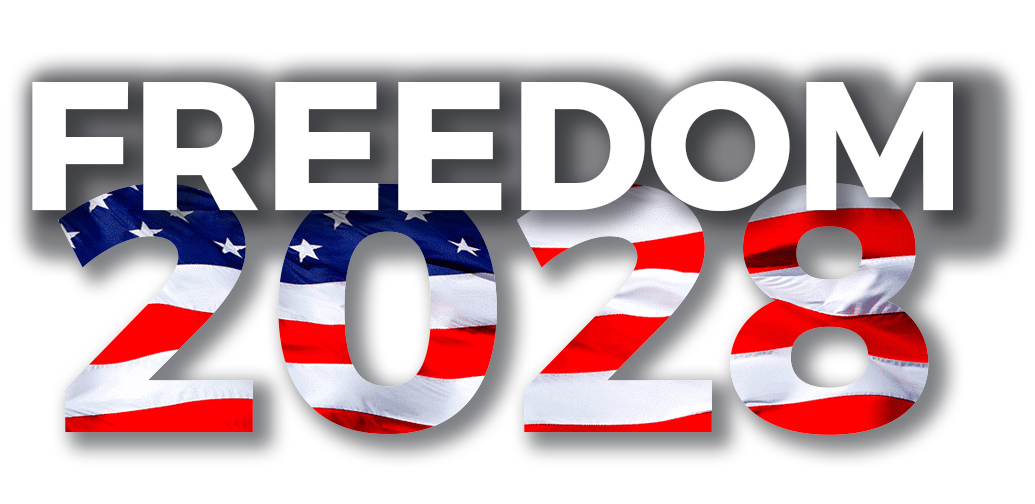
A Public Payment System That Works for Everyone
Lower fees, more fairness, and the foundation of a digital economy.
The Problem
Every time a small business accepts a credit card, they lose 2.5% to 3.5% in processing fees. These billions of dollars go to private companies like Visa, Mastercard, and PayPal—not toward public services.
For many small businesses, especially in healthcare and local retail, these fees mean the difference between surviving and shutting down.
We can do better.
The Solution:
A Government Run Payment Platform
The Freedom 2028 plan introduces a public payment processing system with a flat 1.5% fee:
1% funds public programs like healthcare, infrastructure, and education
0.5% funds cybersecurity, infrastructure, and fraud protection
This system would be secure, transparent, and easy to use. It replaces profit-driven middlemen with a public utility designed to serve people—not shareholders.
What It Offers
Real-time payments for individuals, small businesses, and agencies
Biometric ID and digital wallets for secure transactions
Built-in fraud protection and dispute resolution
Open API access for businesses, platforms, and banks
Privacy-first design with transparent oversight
How Much It Saves and Generates
Metric Value
U.S. card transaction volume (2023) ~$10 trillion
Current avg. private fees 2.5% to 3.5%
Public system fee 1.5% total
Annual savings for businesses $100B+
Public revenue (1% portion) ~$100 billion/year
Cybersecurity & infrastructure fund ~$50 billion/year
Preparing for a Digital Currency Future
This platform lays the foundation for a U.S. Digital Dollar, enabling:
Direct government-to-citizen transfers (like tax refunds or UBI)
Emergency aid disbursements
Transparent, programmable funding for public projects
Why It Matters
This isn’t just about fees. It’s about fairness.
A public payment system:
Supports small businesses
Reduces dependence on profit-seeking banks
Creates long-term, tax-free funding for vital programs
Prepares the U.S. for the future of money and digital identity
With Freedom 2028, we’re building the infrastructure for a fairer, smarter economy—starting with how we move money.
